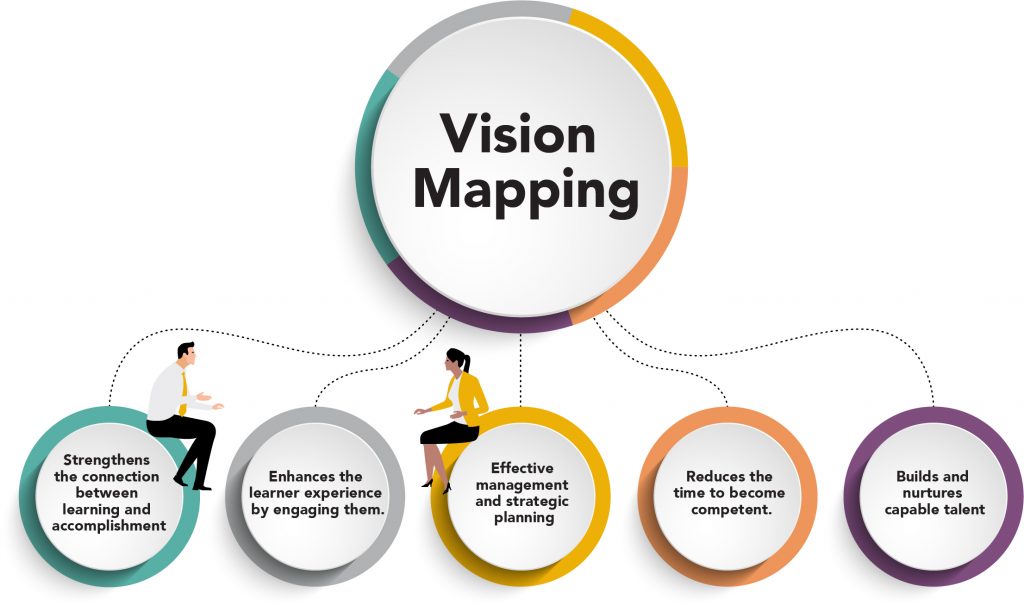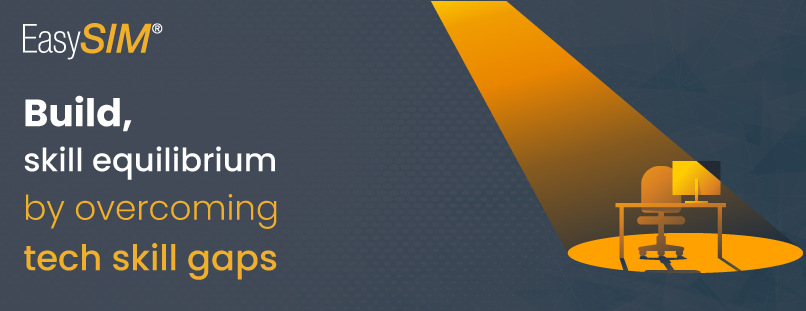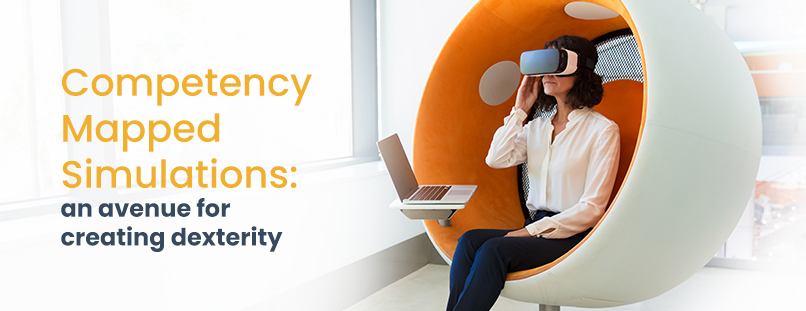Importance of a successful L&D strategy
A good learning and development (L&D) strategy identifies the capabilities, skills, and competencies that an organization’s workforce requires and looks into how these aspects can be improved to confirm the business’s long-term viability and success. For organizations, their L&D strategy must align with the business goals and objectives to ensure that the strategy turns out to be successful in the way that it had desired it to be.
However, this is easier said than done. In the era of data driven learning, organizations are trying to find the right path to create an efficient L&D strategy, but where do they start?
Introduction to the vision mapping process
The vision mapping process can be the first stepping stone in expediting the organization’s strategy to achieve the business goals efficiently. Vision mapping primarily addresses three questions:
- Where to go and where to start from?
- What is required to be changed and how to get there?
- What is needed to be implemented operationally to get started?
Today, organizations use vision mapping to figure out their ideal future state, where they are now, and how they can get there.

Role of vision mapping in creating the L&D strategy
Learning and development strategies must be tailored to the needs and objectives of the organization they serve. Ultimately, the goal of an L&D strategy is to develop and enhance employees’ skill sets by providing them immersive learning experiences so that they can perform their jobs more effectively, ultimately improving company outcomes and achieving its vision.
Before crafting the perfect L&D strategy, understanding the business vision and the roadmap for achieving its objectives becomes extremely important. It is vital that the L&D approach is in line with the organization’s vision and follows the same path as the company to achieve its strategic objectives.
After gaining a thorough understanding of the business and its vision, the next step is to frame the L&D strategy and its own vision describing the key L&D goals and how it supports the comprehensive business aim. Once defined, ascertain how to translate this vision into performance objectives and identify the skills required to achieve them. Outline the path of proposed learning solutions that will assist the company in achieving these objectives and ensure that all the L&D efforts are in sync with the overall organization’s vision.
Understanding this approach makes it clear that vision mapping is a holistic process that necessitates fundamental changes involving content, process, technology, and people.
Conclusion
At last, vision mapping aims to build a plan that aligns actions with strategic goals and objectives to maximize corporate value. It is done by identifying those goals and objectives, determining where we are now, defining the required changes to align with and achieve the organization’s goals, and establishing a road map to get there.






























